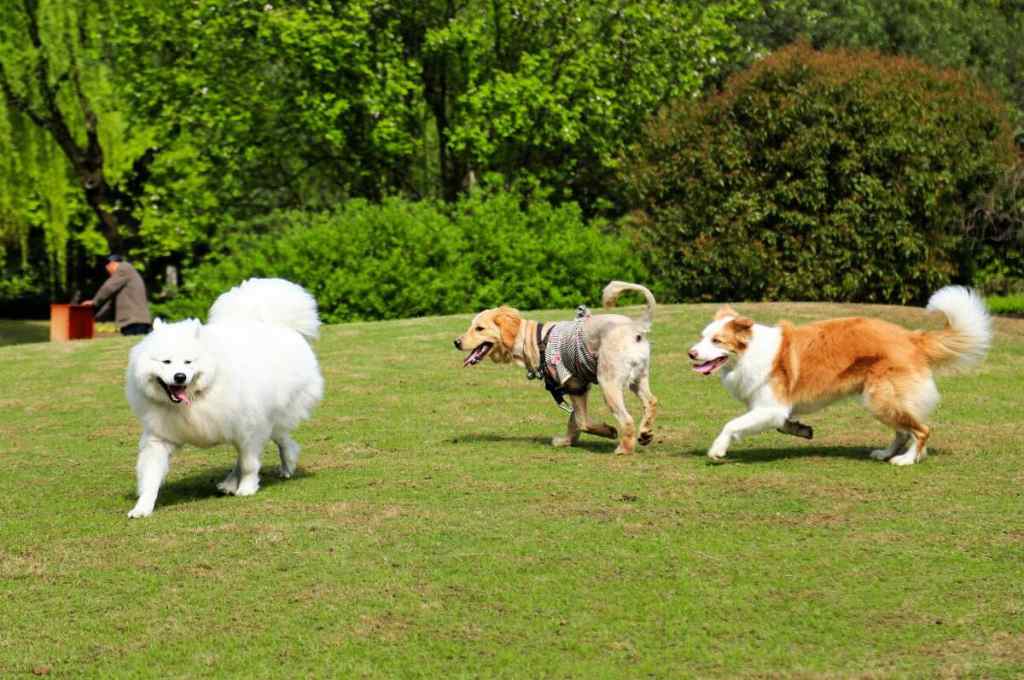 How many months do dogs change their teeth? Little puppy is what from when to start changing permanent teeth? The following small beans to tell you when dogs change teeth!
How many months do dogs change their teeth? Little puppy is what from when to start changing permanent teeth? The following small beans to tell you when dogs change teeth!How many months does a dog change its teeth?
Tooth replacement in dogs begins at 4 months of age and is completed at 6 months of age for permanent teeth.
But the doctor said there are some special ones that start at 2 months. There are also 2 years of age to complete the replacement ~ adult dogs (permanent teeth) teeth style for the incisors, canines, premolars, molars, a total of 42 puppy teeth style for the incisors, canines, premolars, a total of 28.
One premolar and molars are missing. Canines are all short crown-shaped, maxillary first and second incisor crowns are three-peaked, the central is canine cusp, on both sides there are small cusps, the remaining incisors each have canine small two cusps, canines dry curved conical, sharp tip, is a powerful weapon of offense and self-defense. The front sun teeth are three-bit shaped. The sun teeth are multi-peak shaped.
The following criteria are used to determine age:
Teething starts around 20 days.
4-6 weeks of age: Breast incisors are complete.
Nearly 2 months of age, the milk teeth are all long, white, fine and pointed.
2 to 4 months of age: Replacement of the first milk incisor.
5~6 months old: Replacement of second and third milk incisors and canine teeth.
After 8 months of age: All permanent teeth are replaced.
L Age: Permanent teeth are long, white and shiny, with cusps on all incisors.
1.5 years: The cusp of the first mandibular incisor canine is worn down to be flush with the cusplets, a phenomenon known as cusp erosion.
2.5 yrs: Mandibular second incisor cusp worn out.
3.5 yrs: Maxillary first incisor cusp worn out.
4.5 yrs: Cusp of maxillary second incisor obliterated.
5 years old: mandibular third incisor cusp slightly worn, mandibular first and second incisors with rectangular wear surfaces.
6 yrs: Mandibular third incisor cusps worn down, canines bluntly rounded.
7 years old: mandibular first incisor worn down to the root, with a longitudinal oval wear surface
8 yrs. old: Mandibular first incisors worn with a forward slant.
10 yrs: Wear surface of mandibular second and maxillary first incisors is longitudinally oval.
16 years old: loss of incisors and incomplete canines.

